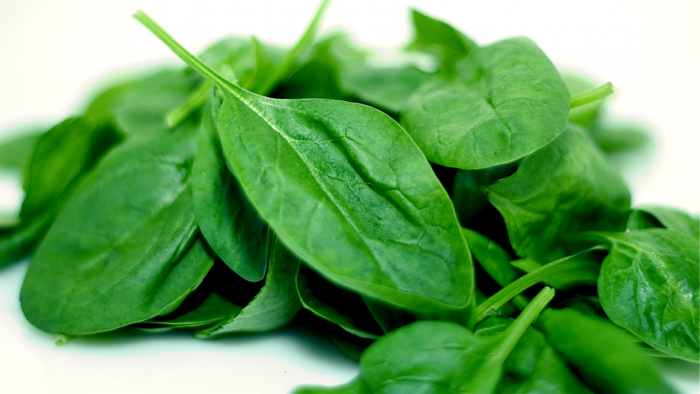
It is no secret that spinach is an immensely healthy vegetable, rich in just about every good nutrient and low in all of the bad things. Now, scientists want to harness the spinach leaf in an entirely different way, which could save human lives in the near future.
It is a trinity of collaboration between the University of Wisconsin-Madison, Arkansas State University-Jonesboro and Worcester Polytechnic Institute in which researchers explore the tissue regeneration potential of the plant. Their work marks an interesting step forward in the world of biomaterial engineering, as the design of the spinach leaf provides the scaffolding on which organs can potentially be grown.
After gradually stripping away the vegetable’s plant cells, an arterial structure is left behind which medical researchers aim to repurpose so that it will carry blood and other nutrients in the same way that human muscle tissues do. The scientists behind the venture put forth that many layers of this transformed spinach biomaterial would mimic cardiovascular activity – offering a totally green kind of treatment for individuals who have suffered a heart attack.
By tapping into the existing arterial layout of spinach leaves, researchers aim to use it as a kind of host for human blood cells, which seems to be able to distribute oxygen and nutrients among its microscopic veins already. While still in its early stages, this farm-grown solution could offer a viable alternative to sourcing costly human organs for transplant following a traumatic injury or disease.
View the video below for more information about the research project.






